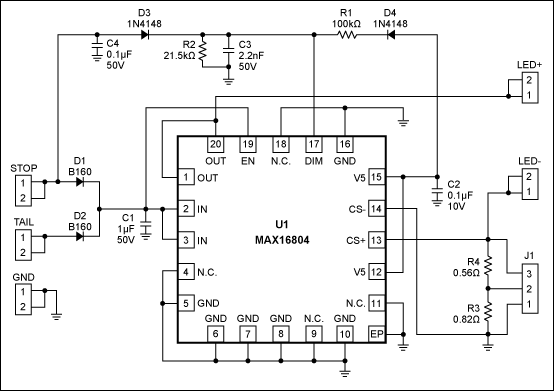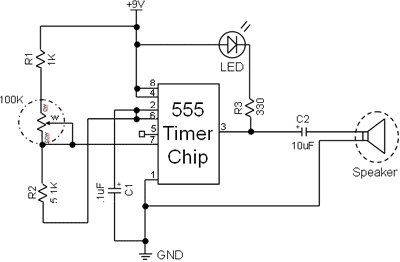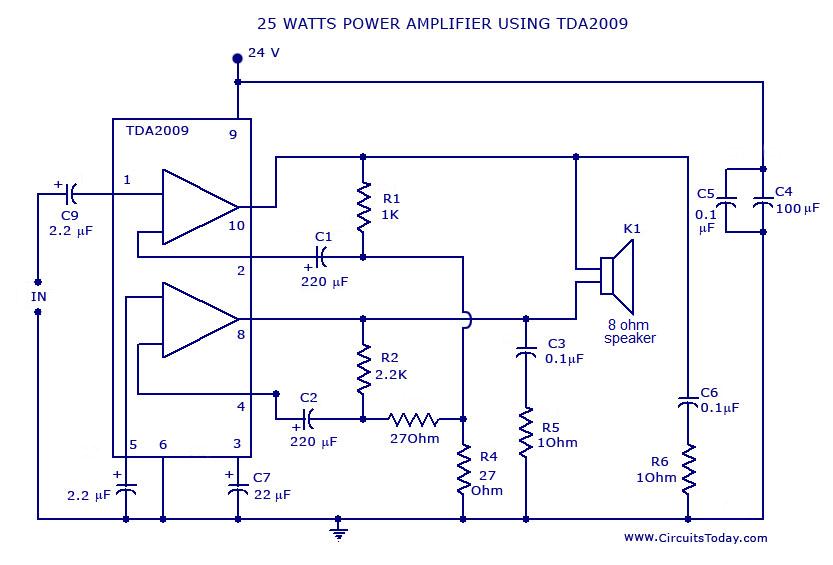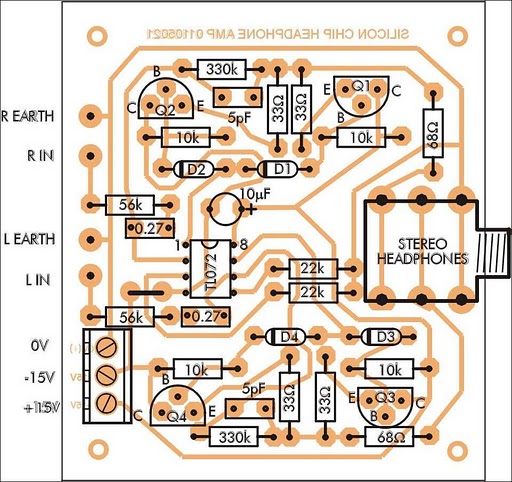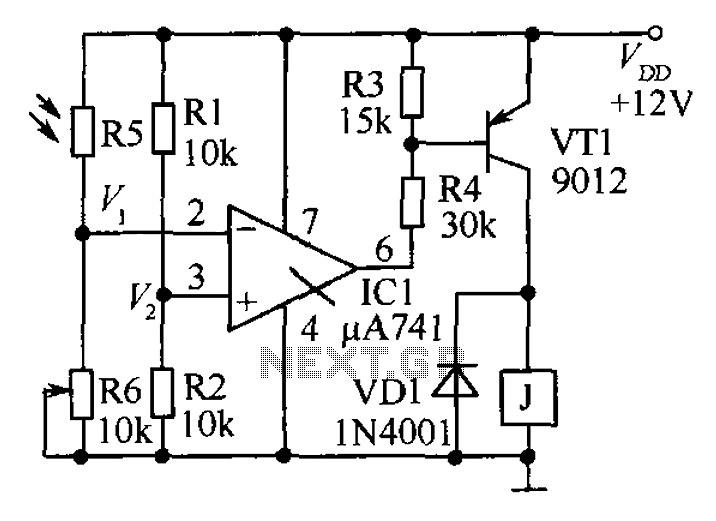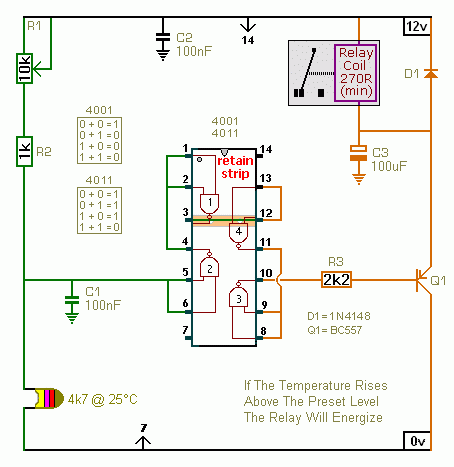
Schematic Diagram Of LED Sequencer Based On The 555 Timer IC
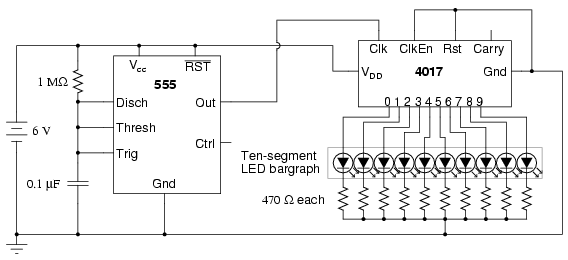
The following circuit illustrates a schematic diagram of an LED sequencer. This circuit is based on the 555 timer integrated circuit (IC). Features include a 555 timer circuit designed to debounce a mechanical switch, a 555 timer circuit to generate clock pulses, a pulldown resistor, and a 4017 decade counter/divider circuit for frequency division. Additionally, it functions as a frequency divider and timepiece for measuring frequency, producing a sequence of pulses through the 4017 decade counter/divider circuit. Components utilized in this circuit include an IC, resistor, diode, battery, and capacitor.
The LED sequencer circuit employs the 555 timer IC in astable mode to create a continuous pulse output. The frequency of these pulses can be adjusted by changing the resistor and capacitor values connected to the timer. The output of the 555 timer is fed into a 4017 decade counter, which counts the pulses and activates the connected LEDs in a sequential manner. Each output pin of the 4017 corresponds to a specific LED, illuminating them one after another as the timer generates pulses.
To debounce the mechanical switch, a separate 555 timer configuration is utilized. This ensures that when the switch is pressed, any bouncing effect does not cause multiple unintended pulses to be sent to the counter. The pulldown resistor is critical in this setup, ensuring that the input to the timer remains stable when the switch is not pressed, preventing false triggering.
The circuit's power supply is typically provided by a battery, ensuring portability and ease of use. The inclusion of diodes may also be present to protect against reverse polarity, ensuring that the circuit operates safely under various conditions. Capacitors are used to smooth out voltage fluctuations, providing a stable operating environment for the 555 timer and 4017 counter.
Overall, this LED sequencer circuit is an excellent example of using basic electronic components to create a visually engaging output while demonstrating fundamental principles of timing and counting in electronics.The following circuit shows about Schematic Diagram Of LED Sequencer. This circuit based on the 555Timer IC. Features: 555 timer circuit to debounce a mechanical switch, 555 timer circuit to produce clock pulses, pulldown resistor, 4017 decade counter/divider circuit for frequency division, frequency divider and timepiece (wa tch) to measure frequency, 4017 decade counter/divider circuit to produce a sequence of pulses. Component: IC, Resistor, Diode, Battery, Capacitor. [ learningelectronics. net ] 🔗 External reference
The LED sequencer circuit employs the 555 timer IC in astable mode to create a continuous pulse output. The frequency of these pulses can be adjusted by changing the resistor and capacitor values connected to the timer. The output of the 555 timer is fed into a 4017 decade counter, which counts the pulses and activates the connected LEDs in a sequential manner. Each output pin of the 4017 corresponds to a specific LED, illuminating them one after another as the timer generates pulses.
To debounce the mechanical switch, a separate 555 timer configuration is utilized. This ensures that when the switch is pressed, any bouncing effect does not cause multiple unintended pulses to be sent to the counter. The pulldown resistor is critical in this setup, ensuring that the input to the timer remains stable when the switch is not pressed, preventing false triggering.
The circuit's power supply is typically provided by a battery, ensuring portability and ease of use. The inclusion of diodes may also be present to protect against reverse polarity, ensuring that the circuit operates safely under various conditions. Capacitors are used to smooth out voltage fluctuations, providing a stable operating environment for the 555 timer and 4017 counter.
Overall, this LED sequencer circuit is an excellent example of using basic electronic components to create a visually engaging output while demonstrating fundamental principles of timing and counting in electronics.The following circuit shows about Schematic Diagram Of LED Sequencer. This circuit based on the 555Timer IC. Features: 555 timer circuit to debounce a mechanical switch, 555 timer circuit to produce clock pulses, pulldown resistor, 4017 decade counter/divider circuit for frequency division, frequency divider and timepiece (wa tch) to measure frequency, 4017 decade counter/divider circuit to produce a sequence of pulses. Component: IC, Resistor, Diode, Battery, Capacitor. [ learningelectronics. net ] 🔗 External reference
